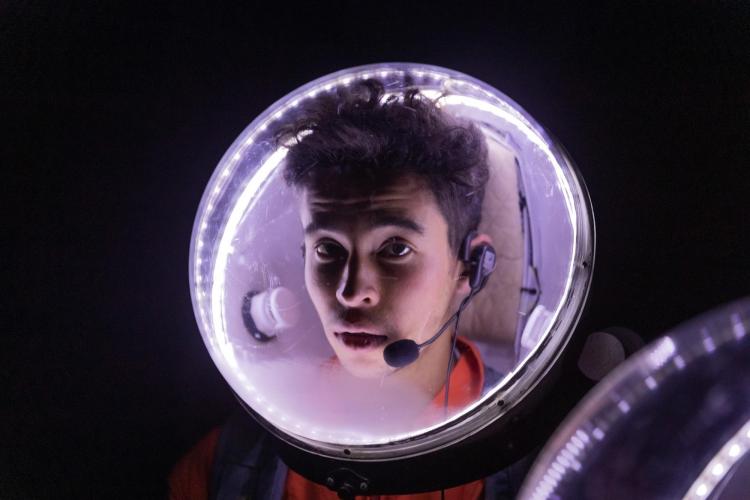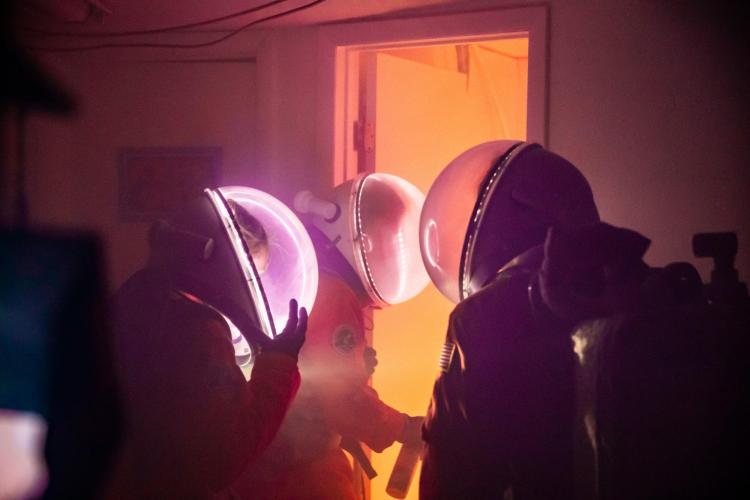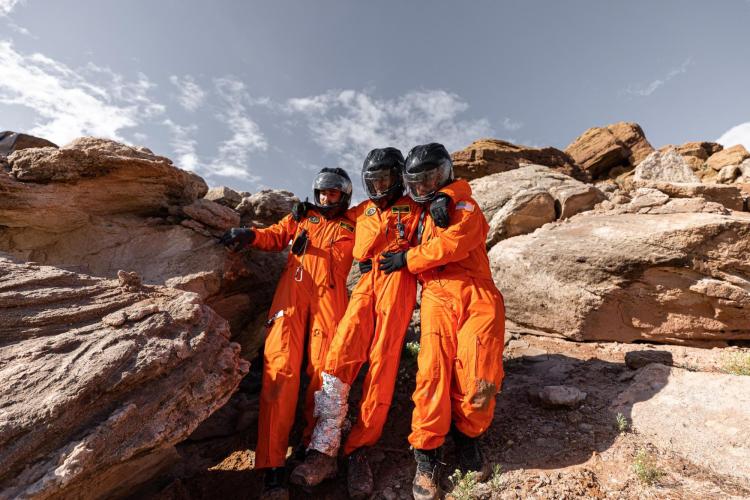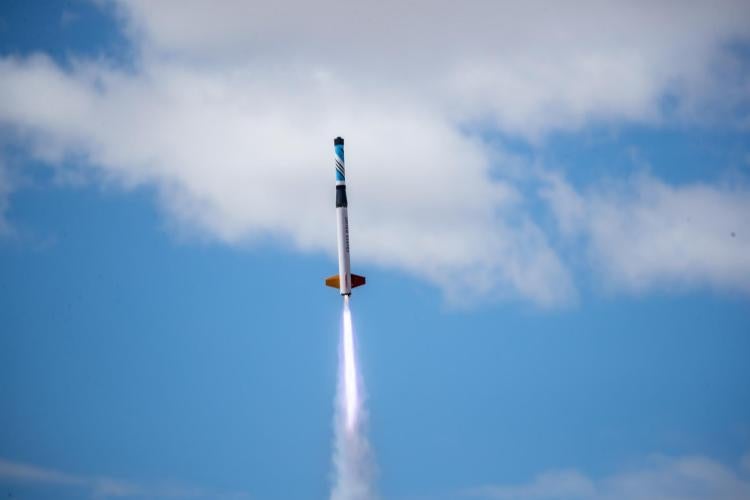How to save a life—on Mars
The following is a sample of a story originally published by CU Anschutz. Read the full version here.
This May, in a remote part of southern Utah—at the Mars Desert Research Station to be precise—21 University of Colorado Boulder aerospace engineering students, a mix of graduate students and undergrads, became Martians. They experienced seven days of gut-knotting, brain-twisting moments along with after-burner bursts of inspiration—nudging more than a few students into changed-life territory.
It all comes courtesy of a cross-discipline teaching team and its novel idea to create a boundary-pushing Maymester course.
“Medicine in Space and Surface Environments” blends the expertise of CU Anschutz emergency medicine physicians with the engineering minds of CU Boulder students and Assistant Professor of Aerospace Engineering Allie Anderson, PhD. Anderson and Easter co-led the three-week class, which started with the engineers obtaining Wilderness First Aid certification in Boulder.
The course cements the unique positioning of CU Anschutz and CU Boulder experts, along with aerospace firms on the Front Range, to solve the complex problems arising from humankind’s most ambitious quest—to travel the roughly 250 million miles to Mars, and ultimately colonize the desolate planet.
Mit Senavinin, a senior in aerospace engineering, said the week in the desert propelled him to consider new career paths in aerospace medicine.
“You don’t really have that firsthand experience or get that frame of reference without these trainings,” he said, still sweating from doing 40 minutes of CPR on “fallen” crewmates who had been electrocuted.
So now Senavinin is rethinking his plan to become a jet pilot. “This class has really made me want to go into medicine,” he said. “This experience opened that door. It’s really the bridge between engineers and physicians.”






